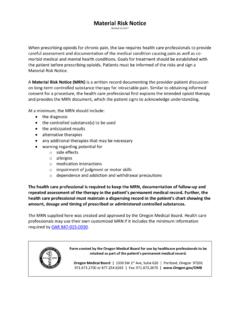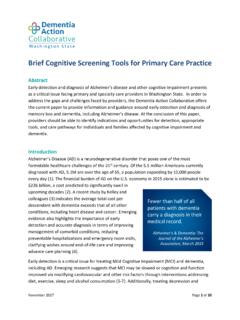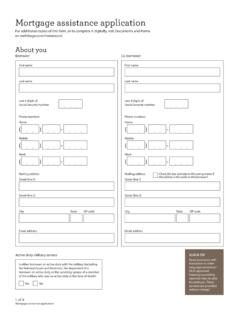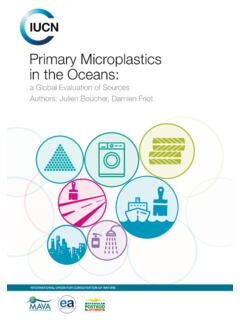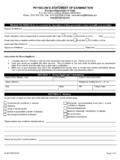Transcription of Syphilis Staging Chart October 2015 FINAL - Oregon
1 Syphilis Staging Chart (Revised October 2015) Incubation period: average time between infection with Syphilis and the start of the first symptom is 21 days, but can range from 10 to 90 days. Syphilis blood test results will be negative during this time. Incubation Period Lasts 10 90 days (21 days ave) primary Syphilis : (710) Chancre (most infectious stage) Usually singular, firm, round, and painless. Most common Sx Lasts 1 5 weeks (3 week avg) Partner management: If exposed within 90 days of diagnosed case treatment, then partner should be tested AND treated per CDC and State Guidelines. If exposed greater than 90 days, testing is sufficient.
2 Inguinal lymphadenopathy, fever Not always present secondary Syphilis occurs in approx. 25% untreated PTs (CDC code 720) Generalized body rash Protean faint coppery macules Symptoms last for 1 6 weeks (4 week average) Partner management: If exposed within 90 days of diagnosed case treatment, then partner should be tested AND treated per CDC and State Guidelines. If exposed greater than 90 days, testing is sufficient. Palmar Plantar Rash Penny to dime size rash appearing together on palms of hands and soles of feet. Mucus patches Penny to dime size patches inside mouth, INFECTIOUS Alopecia Temporary hair loss, usually in patches Condylomata Lata Multiple lesions near vulva or anus or any other warm moist area, very painful and odorous.
3 INFECTIOUS Interview Period by Stage:710 90 days PRIOR to onset of Lesion. 720 months PRIOR to onset of secondary Symptom 730 One Year back from date of treatment. Labs: May be non reactive in early Syphilis . Typically become reactive>3 weeks after infection. Non treponemal tests monitor response to Rx: A titer decline >4 fold ( from 1:32 to 1:8) within 12 months of RX is considered to be indicative of appropriate response to Rx. Early Latent Organisms persist without SX s: infection of 1 year or less (CDC code 730) Early latent Syphilis = o The interval between the resolution of secondary SX s (up to months after infection/exposure), and one year after infection/exposure.
4 Identified by any one or more of the following factors: o RPR negative within the preceding 12 months o Solid patient recollection of primary and/or secondary symptoms within the last year o Related to ( , named by or named to) other early, primary and/or secondary Syphilis cases o Solid recollection of primary and/or secondary symptoms on partner within last year Late latent Syphilis exact date of exposure can t be determined (CDC code 745) Late Syphilis w. clinical manifestations other than neurosyphilis (CDC code 750) Late Latent Syphilis = Syphilis greater than one year (may also clinically include Unknown duration ) No signs or symptoms at the time of treatment.
5 No documented or recalled negative RPR in the last year. No signs or symptoms suggestive of primary or secondary Syphilis noted on partner. inflammatory lesion of: cardiovascular system, skin, bone, & other locations Becomes evident 15 30 years after infection Neurosyphilis (CDC Code 760) Reactive VDRL test in CSF Early neurosyphilis Manifestations of meningitis, ocular Syphilis (posterior uveitis), hearing loss, arteritis leading to stroke Can resolve spontaneously might be asymptomatic Late neurosyphilis Paresis, dementia paralytica, tabes dorsalis, diseases of posterior columns of spinal cord & dorsal roots









